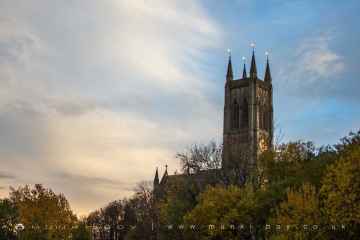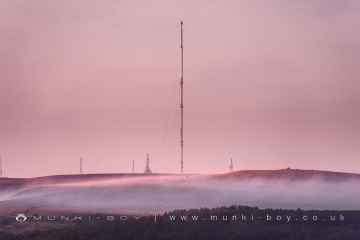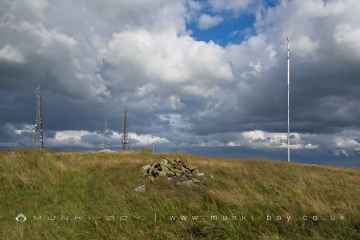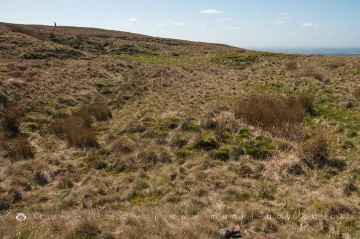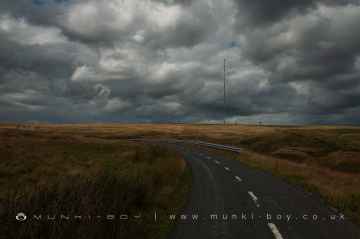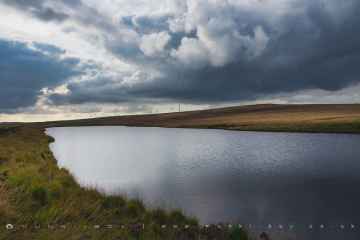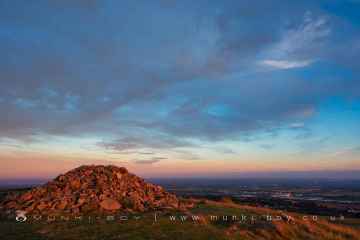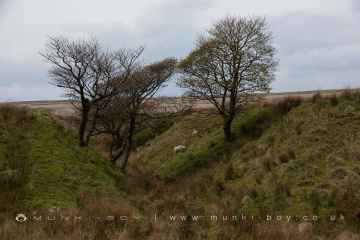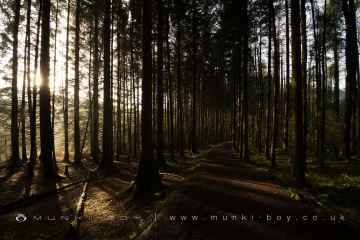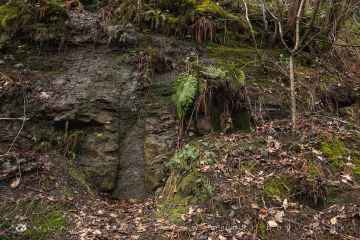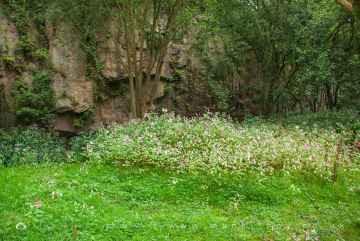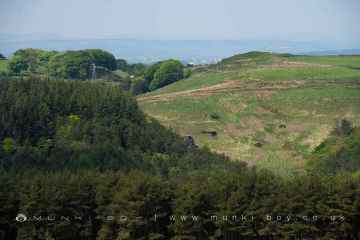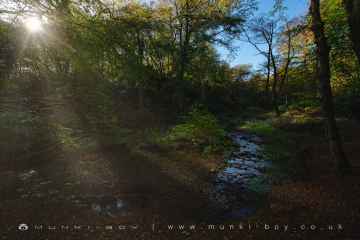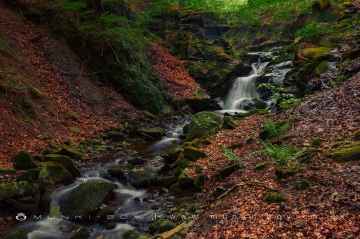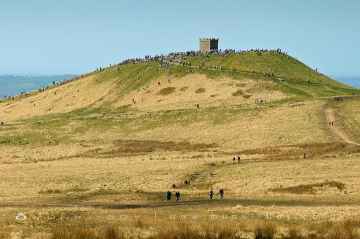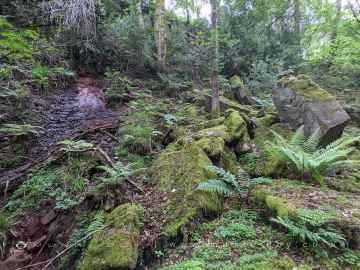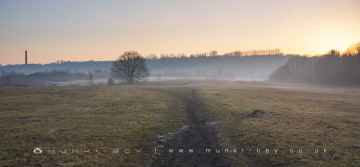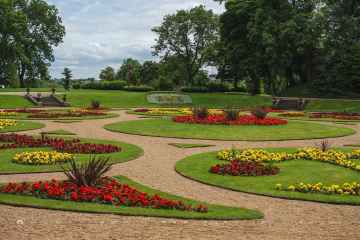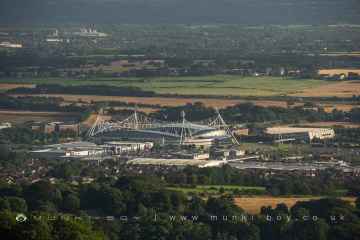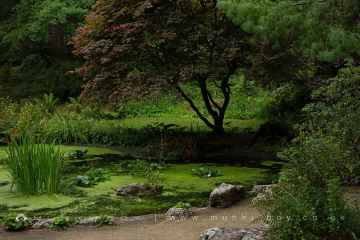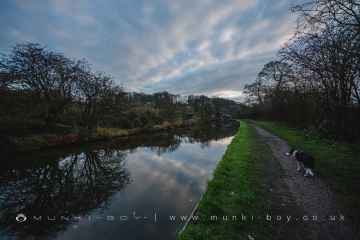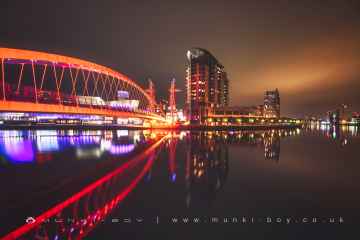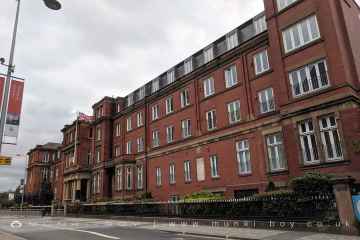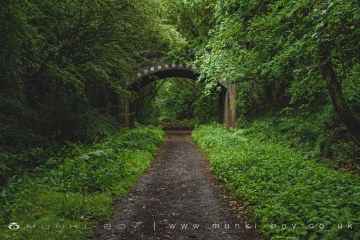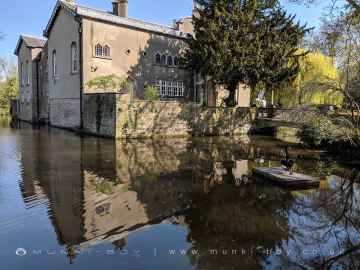Tottington
Tottington is a Village in the county of Greater Manchester.
Tottington postcode: BL8 3SF
There are great places to visit near Tottington including some great towns, hills, hiking areas, old mines, ancient sites, round cairns, ruins, historic sites, lakes, historic monuments, rivers and streams, woodlands, geological features, historic buildings, nature reserves, villages, country parks, waterfalls, events, bluebell woods, sssis, parks, shopping centres, gardens, canals, cities, museums, disused railway lines, moated sites and airports.
Don't miss Bolton, Westhoughton, Horwich, Little Lever, Salford Quays, Rochdale, and Littleborough's towns if visiting the area around Tottington.
Tottington's best nearby hills can be found at Winter Hill, Winter Hill Summit, Adam Hill, Crooked Edge Hill, Whimberry Hill, The Great Knoll, and Burnt Edge.
Tottington has some unmissable hiking areas nearby like Shaly Dingle, Winter Hill Summit, Hole Bottom, Hole Bottom Mining Area, Crooked Edge Hill, Whimberry Hill, and Burnt Edge.
Tottington has some unmissable old mines nearby like Shaly Dingle, Winter Hill Mines, Winter Hill Tunnel, Rivington Moor Colliery (ruin), Rivington Moor Brickworks (ruin), Hole Bottom Mining Area, and Wildersmoor Pit Kilns (ruin).
There are a several good ancient sites in the Tottington area like Winter Hill Tumulus, White Brow Cairn, Noon Hill, Two Lads, Hanging Stone, Rivington Cup Marked Stone, and Rainsough Hill Camp.
Don't miss Winter Hill Tumulus, White Brow Cairn, and Noon Hill's round cairns if visiting the area around Tottington.
Rivington Moor Brickworks (ruin), Winter Hill Brick and Tile Works, Ouzel Hall (site of), Wildersmoor Pit Kilns (ruin), Prospect (ruin), Rivington Moor Bell Pits (ruin), and Burnt Edge Colliery (ruin) are great places to visit near Tottington if you like ruins.
Historic Sites to visit near Tottington include Hole Bottom, Winter Hill Brick and Tile Works, and Hole Bottom Mining Area.
Don't miss Reservoir Of Dean Mills, The Turton Reservoirs, Turton and Entwistle Reservoir, Jumbles Reservoir, Wayoh Reservoir, Rivington Lakes And Reservoirs, and Yarrow Reservoir's lakes if visiting the area around Tottington.
Tottington has some unmissable historic monuments nearby like Two Lads, Holy Well Spring, Bury Castle, Worsley Green Monument, and Hyde War Memorial.
Rushtons Brook, Holden's Brook, Stones Bank Brook, Cadshaw Brook, Roscow Clough, Dean Brook, and Raveden Brook are some of Tottington best rivers and streams to visit near Tottington.
There are a several good woodlands in the Tottington area like Fox Hill Plantation, Ousel Nest Quarry, Walker Fold Woods, Raveden Clough, Roscow's Tenement Clough, Dean Wood - Rivington, and Rivington Hall Wood.
Tottington's best nearby geological features can be found at Jumbles Fossil Tree, Fairy Battery, The Margery Flags at Rivington Pike, Tigers Clough, and Jepsons Clough.
The area around Tottington boasts some of the best historic buildings including Bradshaw Brook Viaduct, Turton Tower, Prospect Tower, Archway at Turton Tower, Medieval Style Railway Bridge at Turton Tower, Smithills Hall, and Sheephouse Farm.
The area around Tottington boasts some of the best nature reserves including Ousel Nest Quarry, Doffcocker Lodge, Nob End SSSI, Leverhulme Park, Darcy Lever Gravel Pits, Aspull Sough, and Wigan Flashes Local Nature Reserve.
There are a several good villages in the Tottington area like Cadshaw, Rivington, Barrow Bridge, Bromley Cross, Chapeltown, Darcy Lever, and Whelley.
The area around Tottington boasts some of the best country parks including Smithills Country Park, Moses Gate Country Park, Cutacre Country Park, Darcy Lever Gravel Pits, Hollingworth Country Park, Haigh Country Park, and Pennington Flash.
Waterfalls to visit near Tottington include Roscow Clough Waterfall, Smithills Hall Park Waterfall, Langshaw Ford Weir, Raveden Clough Waterfall, Raveden Plantation Waterfall, Yarrow Reservoir Overflow Cascade, and Upper Rivington Reservoir Yarrow Outflow.
There are a several good events in the area around Tottington like Rivington Pike Easter.
Tottington has some unmissable bluebell woods nearby like Dean Wood - Rivington, Rivington Hall Wood, Horrocks Wood, Old House Ground Plantation, and Etherow Country Park.
SSSIs to visit near Tottington include Nob End SSSI.
The area around Tottington boasts some of the best parks including Queens Park, Hall Lee Bank Park, Moss Bank Park, Wythenshawe Park and Gardens, Gorton Park, Debdale Park, and Heaton Park.
There are a several good shopping centres in the Tottington area like Middlebrook Retail and Leisure Park, Manchester Christmas Markets, The Trafford Centre, and Manchester Arndale.
The area around Tottington boasts some of the best gardens including The Rock Garden, The Walled Garden at Moss Bank, and RHS Garden Bridgewater.
The area around Tottington features a number of interesting canals including Manchester Bolton and Bury Canal at Prestolee, The Leeds and Liverpool Canal at Haigh, Top Lock at Wigan, Leeds and Liverpool Canal at Crooke, The Leeds and Liverpool Canal near Shevington, Rochdale Canal Western Section, and Bridgewater Canal.
There are a several good cities in the Tottington area like Salford, and Manchester.
Tottington has some unmissable museums nearby like Salford Museum and Art Gallery, The Imperial War Museum Salford, and Lancashire Mining Museum at Astley Green.
The Old Whelley Line, Lancashire Union Joint Line, Ringley Road Station (ruin), Clifton - Accrington and Colne Line (disused), and Linnyshaw Loopline are great places to visit near Tottington if you like disused railway lines.
There are a several good moated sites in the area around Tottington like Wigan Golf Club.
Manchester Airport is a great place to visit close to Tottington if you like airports.
Tottington History
There are some historic monuments around Tottington:
Places to see near Tottington
History of Tottington
Tottington Hall is first recorded in 1504, as the residence of the Nuttall family. The Nuttall family’s fortunes improved throughout the Tudor and Stuart periods and in 1715 Thomas Nuttall built the first school in Tottington. In 1770 the hall and its estates were bought by John Gorton, whose family had made their wealth in the cotton trade. He brought his industrial expertise to Tottington, building Tottington Mill, Kirklees Mill and Leemings Hill Bleach Works; greatly contributing to the prosperity and expansion of the village in the Georgian period. During this time the family financed the building of St Anne’s Church and vicarage, and refurbished Tottington Hall leaving it much as it stands today. In 1863 the hall and grounds were put up for sale and came under the Roberts family before being bought by the recently formed Tottington Urban District Council in 1918 for £2,750. Ownership was handed over to the newly formed Bury Metropolitan Council in 1974, who have since used it to house the village library. Little expansion occurred until the Industrial Revolution when in common with other Lancashire settlements in the 19th century, Tottington saw a large industrial presence develop, largely under the influence of John Gorton. Nine mills were listed in an 1891 directory producing calico, cotton cloth and yarn. In 1884 Hilaire de Chardonnet, a French chemist, came to the area to work on a cellulose-based fabric that became known as ‘Chardonnay silk’. A forerunner of rayon it was an attractive cloth, Chardonnet displayed it in the Paris Exhibition of 1889. However, like celluloid it was very flammable, following several publicly reported accidents, it was discontinued. The site on Royds Street South reverted to typical Lancashire textile production until 1925, when the Kirklees Rayon Company began producing viscose continuous filament yarn at the mill. This continued until 1955 when viscose production ceased. Courtaulds took over the mill in 1962 and converted it into a dye-house, this work continued until 1980. The site is now occupied by the housing estate centred on Kirklees Street. Tottington Mill printworks was the subject of the 1921 sketch “Mill Yard, Tottington” by LS Lowry. The rapid expansion of the local population in the early 19th century, and the abundance of public houses that followed, led to the building of Tottington Dungeon in 1835 to lock up drunks and miscreants. It is not known who built it, who the carved faces on the outer stonewalls represent or who carved them. However, it does share architectural similarities with the folly built in the grounds of Nabbs House in Greenmount, which was constructed at the same time by John Turner. The following is a first hand account from a local mill worker, as published in Victorian and Edwardian Lancashire by John Hudson (Published 13 November 2008):




























